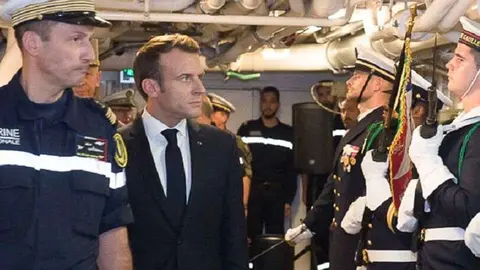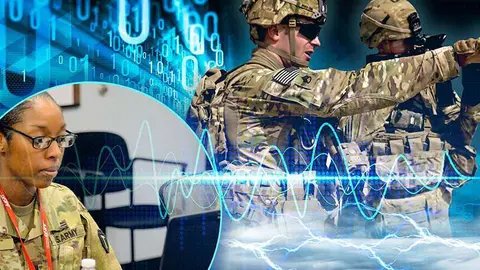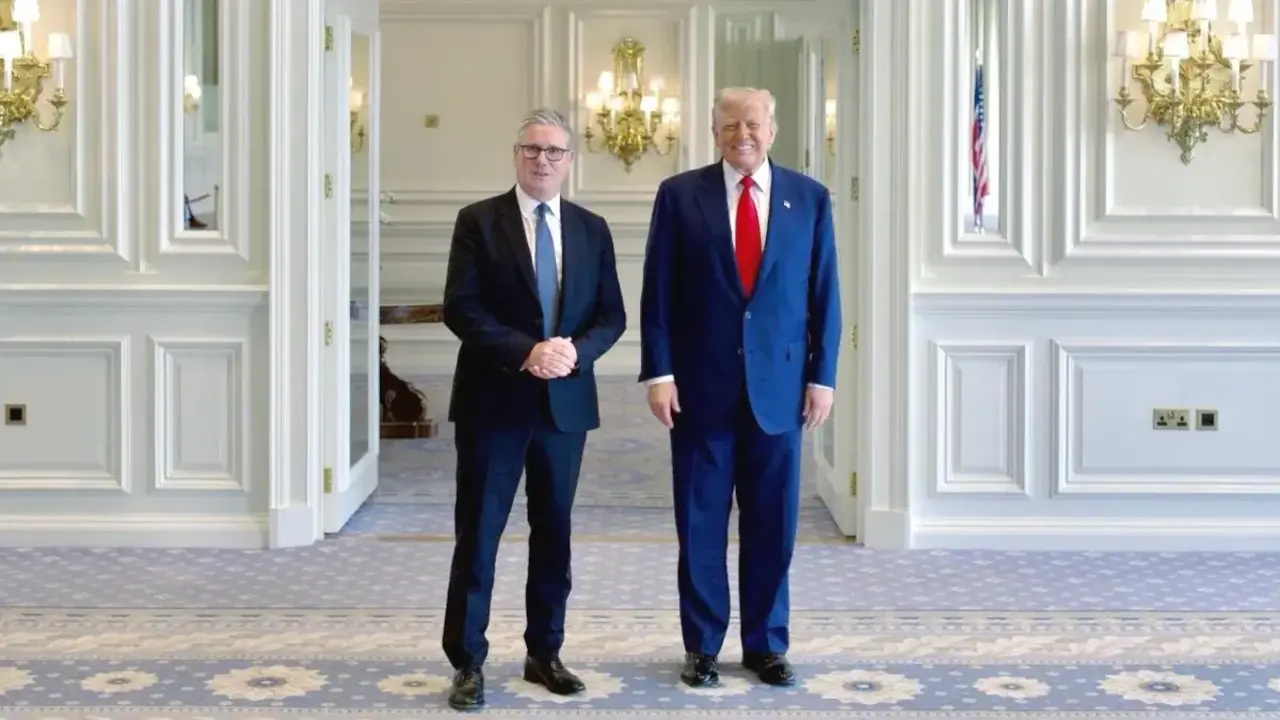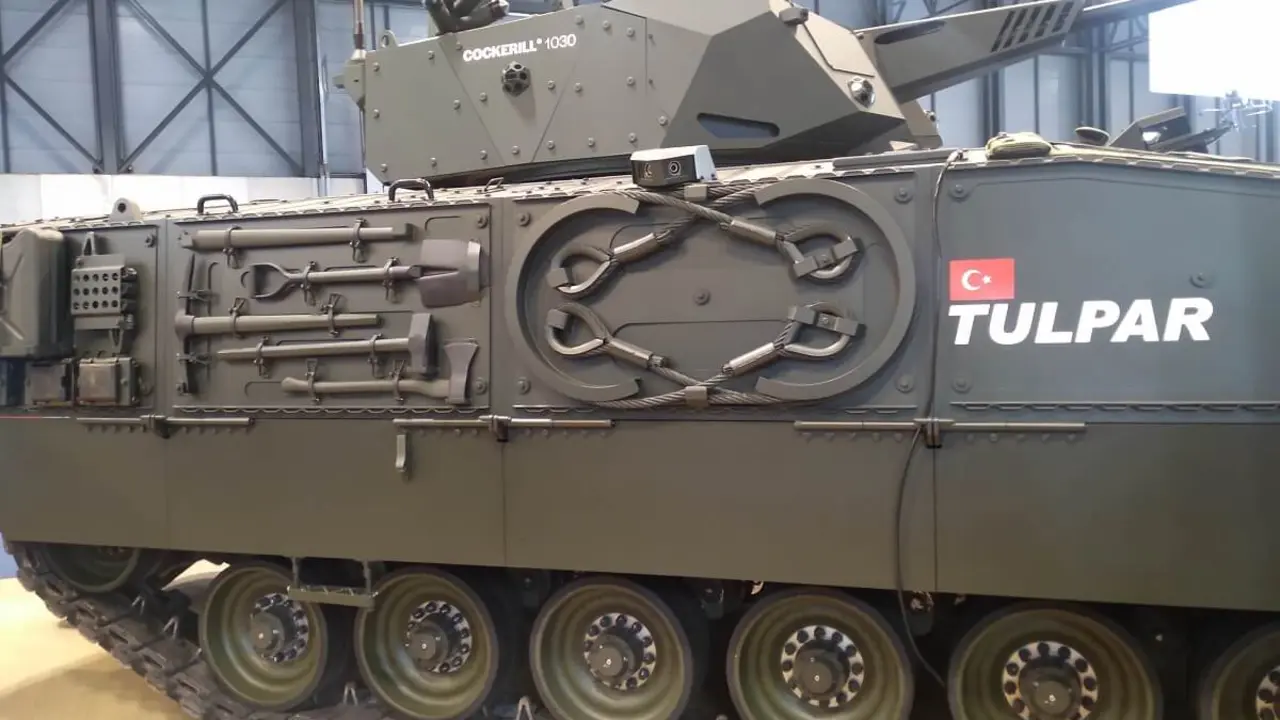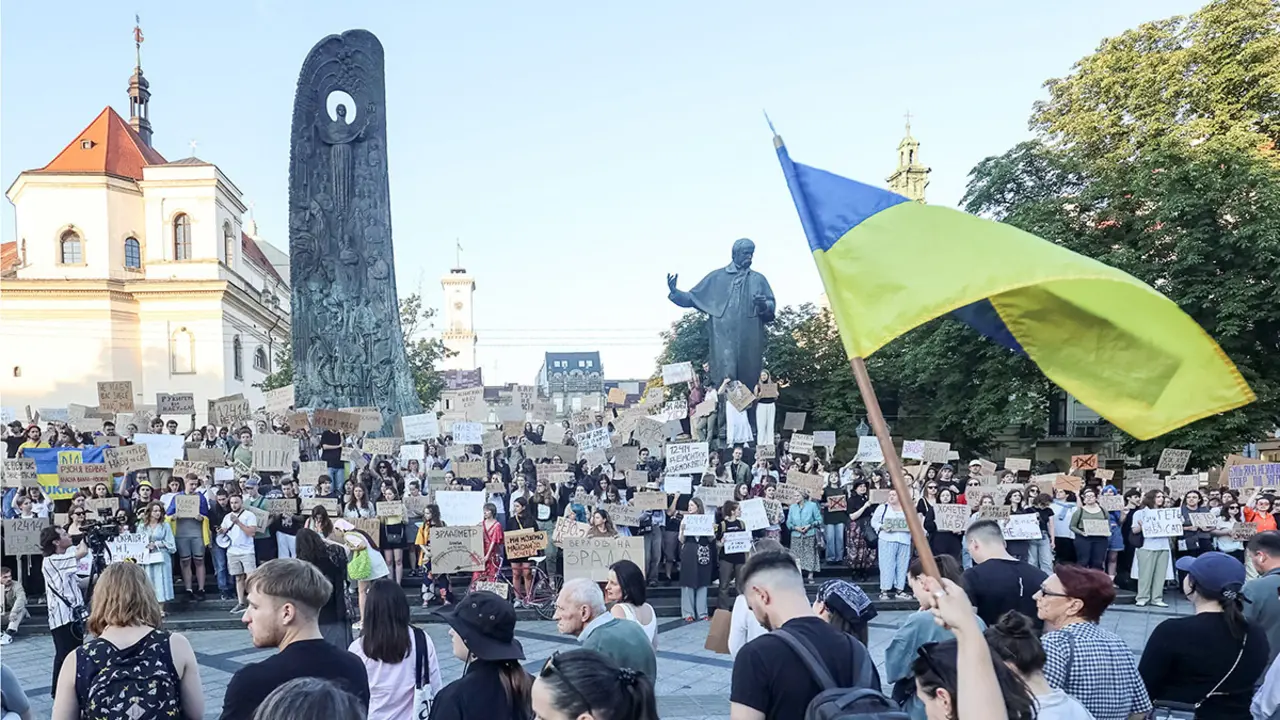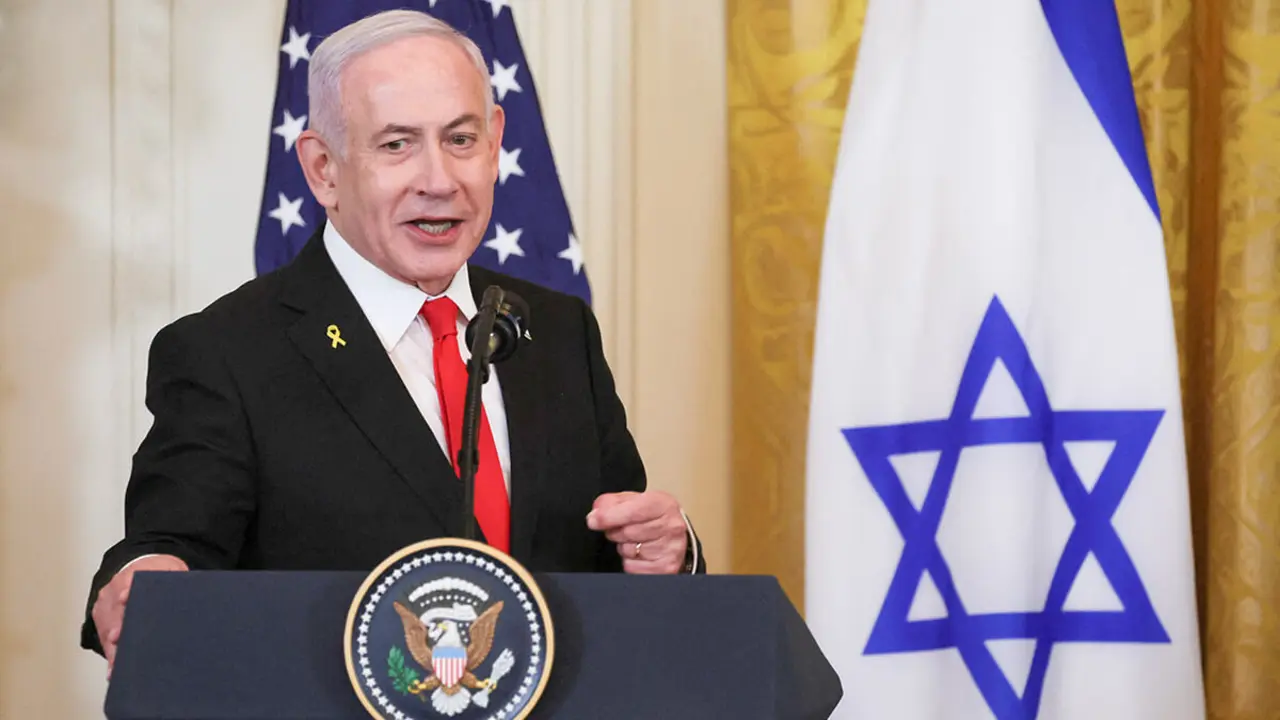The fever for national sovereignty reaches the invisible but very real world of electronic warfare
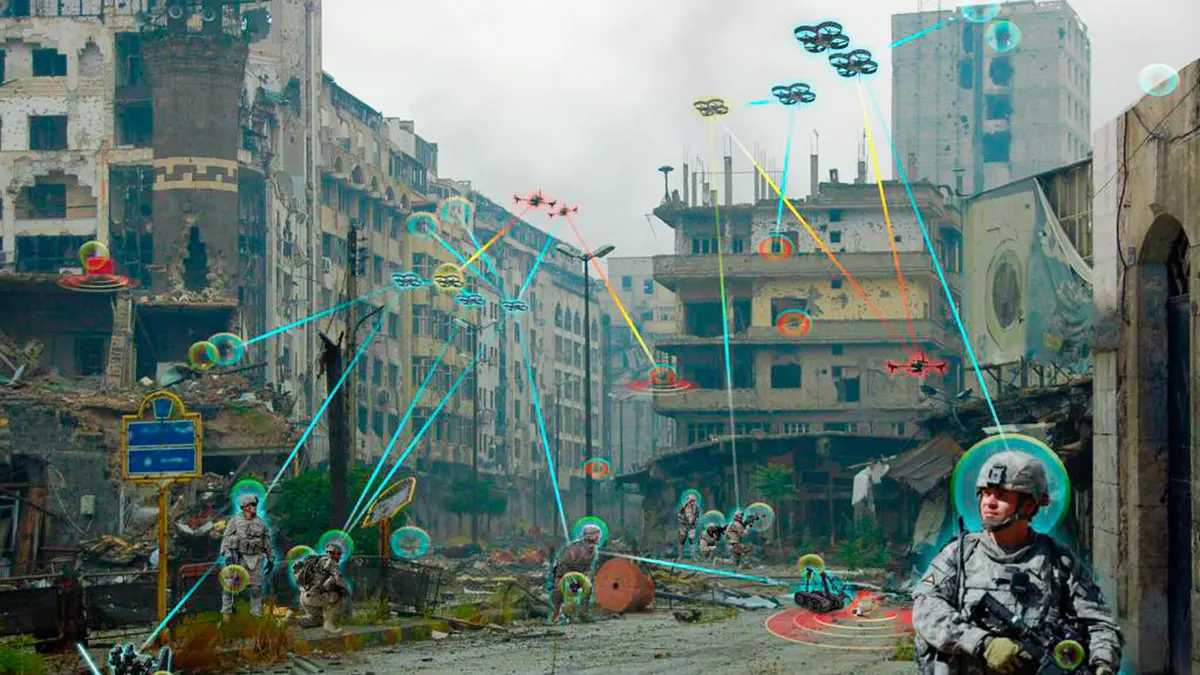
- REW 31, an entire regiment dedicated to electronic warfare
- National EW with real capabilities, effective technology and collaboration
Electronic warfare plays such a decisive role in today's wars, armed conflicts and the preservation of national sovereignty that the Chief of Defence Staff (JEMAD), Admiral Teodoro López Calderón, has set his sights and put his finger on the development of combat systems in the invisible electromagnetic spectrum.
So much so that on Tuesday, 29 July, the last meeting of the Council of Ministers before the summer break, the Ministry of Industry was given the green light to begin the process of granting direct loans to Spanish industries (which have not yet been named) on an urgent basis so that they can get to work on making new, innovative and sovereign electronic warfare systems a reality, a concept that the Moncloa's public statement avoids mentioning.
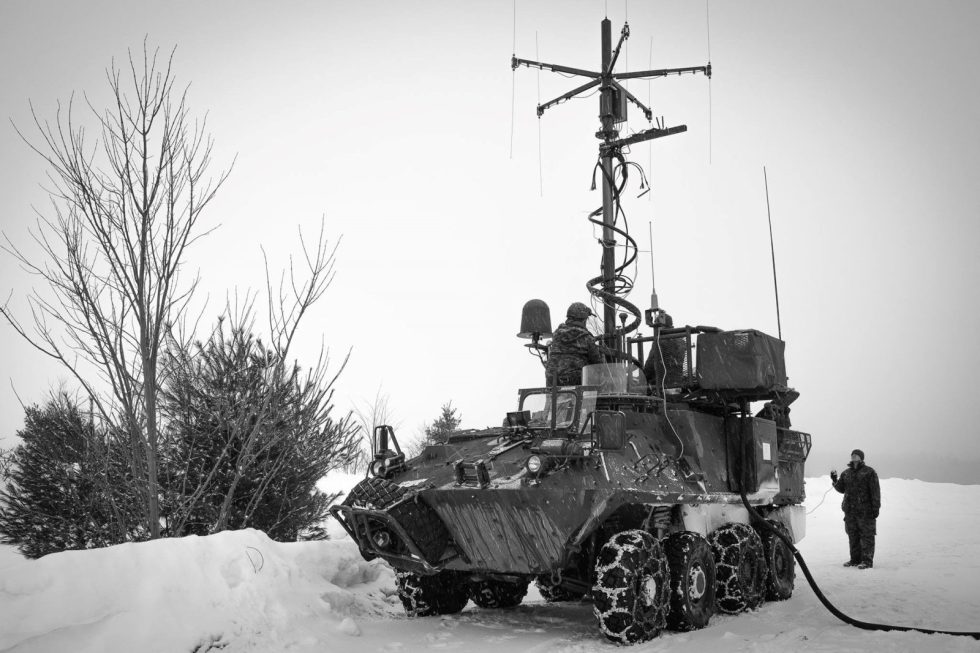
The JEMAD has explained and made it clear to the Minister of Defence, Margarita Robles, and her Secretary of State, Amparo Valcarce, that in the extensive Integrated Priority List of Military Capabilities required by the Armed Forces, it is essential to allocate sufficient funding to critical EW programmes. Fortunately, most of these programmes are among the top twenty on the list and have been included in the Industrial and Technological Plan for Security and Defence approved by the government on 22 April.
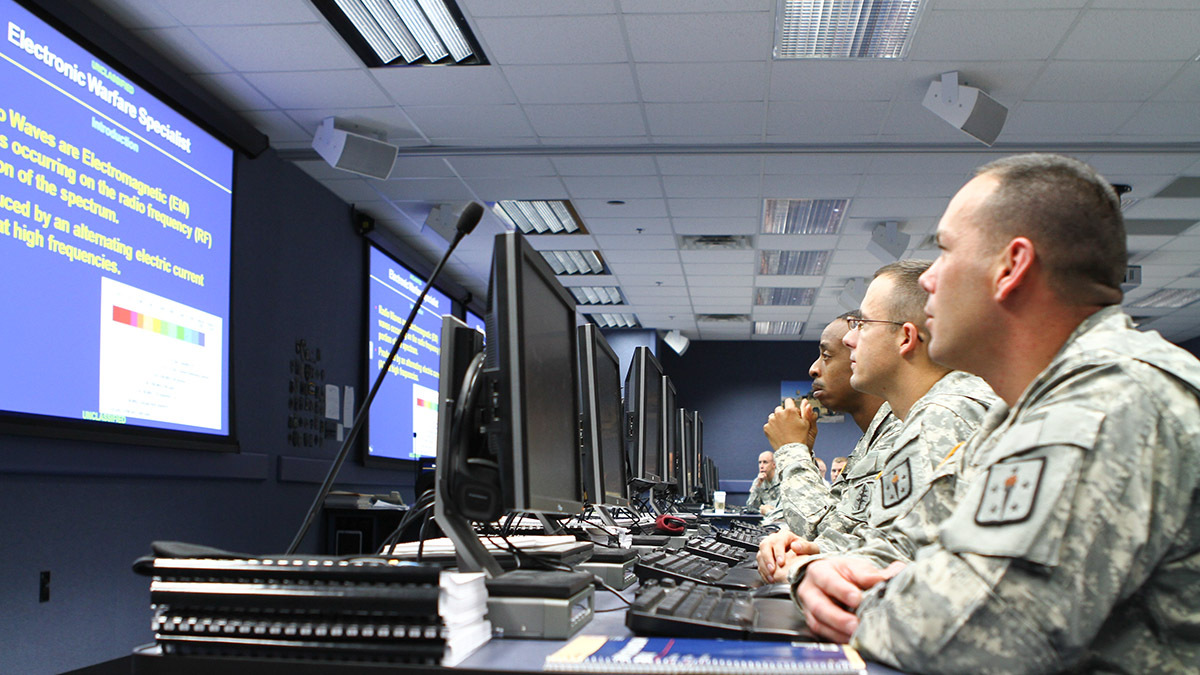
The rapid development of digital technology, artificial intelligence and continued advances in quantum computing have led to an exponential increase in attacks, interference and denial of use of radar systems, communications and satellite navigation. Added to this is the widespread use of electronic masking and the detection and collection of intelligence through electromagnetic signals. This situation has forced the world's leading armed forces to place electronic warfare (EW) at the forefront of military operations.
For Air Force General Salvador Álvarez Pascual, former deputy director of programmes at the Directorate General of Armament and Material (DGAM) and current director of strategy at the Oesia technology group, EW is like ‘the backbone of communications, navigation and target selection’. It encompasses all technologies in the electromagnetic spectrum, including invisible radio waves, microwaves, infrared radiation, ultraviolet radiation and X-rays, which are present in any war scenario, for example in Ukraine and the Middle East.
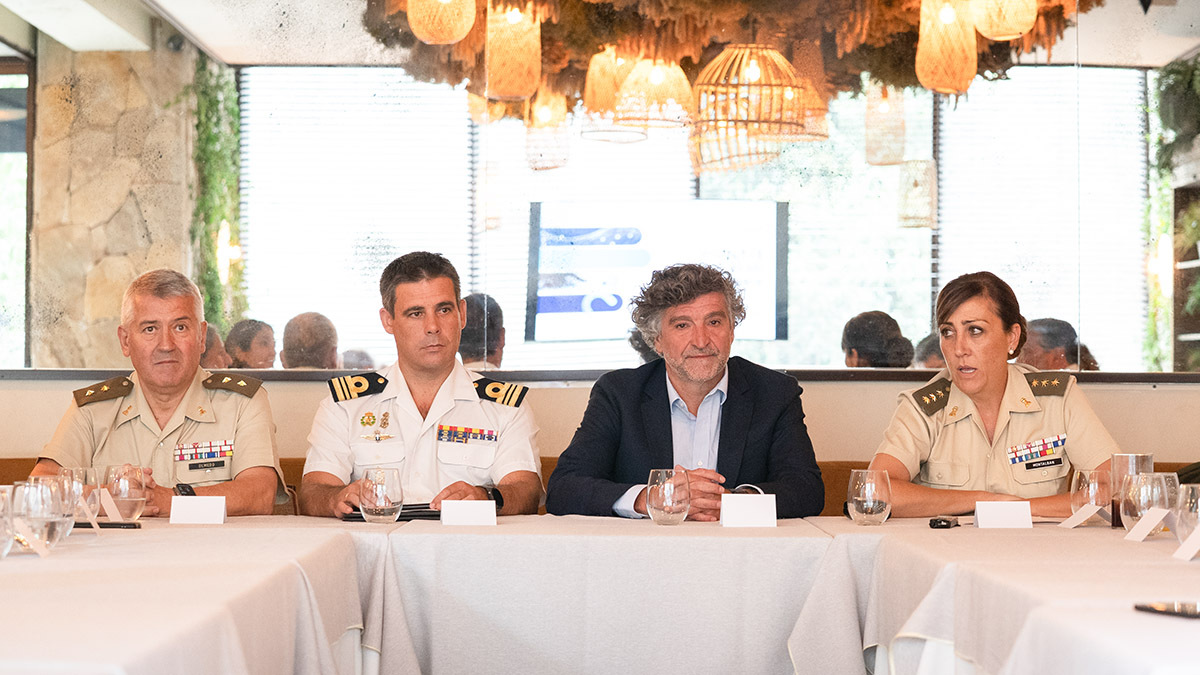
REW 31, an entire regiment dedicated to electronic warfare
The NATO Military Committee and its New Electromagnetic Warfare Advisory Committee (NEWAC) recognise that mastering the broad spectrum of frequencies that flood theatres and areas of operations is key to ensuring superiority on any combat front and in the rear.
In Spain, the industrial policy that has been implemented within the DGAM, the Centre for Information and Communication Systems and Technologies (CESTIC), headed by Lieutenant General José María Millán, and the new Directorate General for Strategy and Innovation in the Defence Industry (DIGEID), headed by Air Force Lieutenant General Miguel Ivorra, aims to achieve a very high degree of national autonomy in EW systems. Its purpose is to achieve a solid national capability that is interoperable and aligned with the European strategy for technological autonomy.
This is to be achieved through the symbiosis between existing national technology in the field of EW, industrial capabilities and, of course, the talent generated by universities, specialisation and experience. Spanish companies such as Centum, Epicom, Escribano, GMV, Indra, Inetum, Integrasys, Sener, Tecnobit and TRC, to name a few of the most prominent, are involved in the Santiago II electronic warfare programme or in emerging national initiatives and designs, waiting to become programmes within the DGAM or DIGEID.

One of the companies that is most vocal in highlighting the tactical and strategic importance of EW is TRC. At a recent forum organised by the company on the future of electronic warfare in Spain, its CEO, Alfredo Estirado, stressed that the Army and Navy's dependence on the electromagnetic spectrum ‘is total’ and that ‘if you don't control it, you have no command capability or superiority over the enemy’. ‘The real threat is the one you can't see,’ warns Estirado, ‘which is why you need technology that not only listens but also interprets signals and patterns to anticipate risks.’
That is why the Army has a military unit specialising in the use of the full range of devices, sensors, technologies and systems dedicated to EW. This is the 31st Electronic Warfare Regiment (REW 31), based in El Pardo, near Madrid, whose head is Colonel Isabel Montalbán, who stresses that the Armed Forces have ‘a joint strategy, common criteria and a clear vision to achieve maximum interoperability’ with regard to the development, manufacture and use of EW systems.
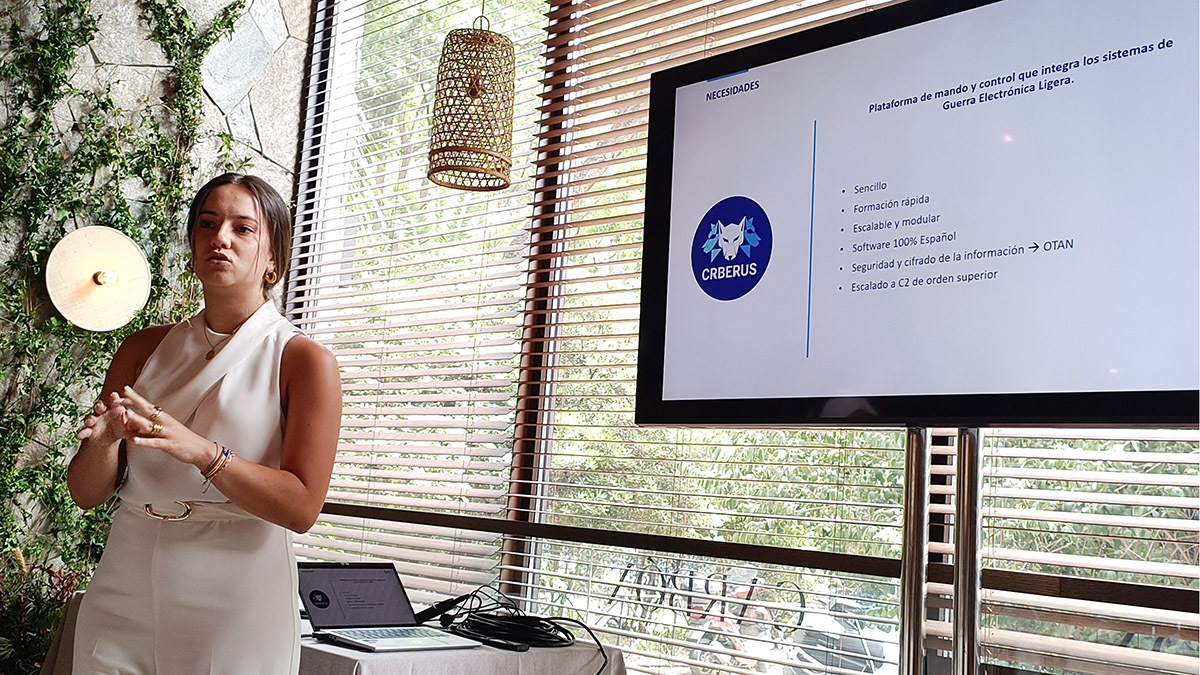
National EW with real capabilities, effective technology and collaboration
For the head of the REW 31 Logistics Support Control Centre, Lieutenant Colonel Jesús Rodríguez Olmedo, the current theatres of operations are ‘transparent and therefore exposed’. He points out that ‘electronic shots’ are not usually heard, but ‘the signals are everywhere’ because the battlefield is full of independent or interconnected sensors of all kinds. He sums it up by stating that ‘whoever dominates the spectrum dominates the combat scenarios,’ so ‘new national EW developments need to be supported by real capabilities, effective technology and constant collaboration between the Army, Navy and industry.’
In the naval sphere, electromagnetic spectrum signals have been essential for more than eight decades. According to Lieutenant Commander Carlos León, from the weapons and electronic warfare section of the Logistics Division, the Navy ‘lives off signals and needs to control them; if you don't, you don't survive,’ which is why EW ‘cuts across all our capabilities.’
From the perspective of TRC's Product Director, Paula Martín, ‘it is no longer enough to integrate foreign technology’. To respond to the real needs of our customers, ‘we have to develop our own solutions, made in-house and with national talent, which are supported by real capabilities, effective technology and constant collaboration’. This is the case of CRBERUS, the scalable and modular command and control platform that integrates innovative EW systems, developed by TRC with the advice and support of REW 31.
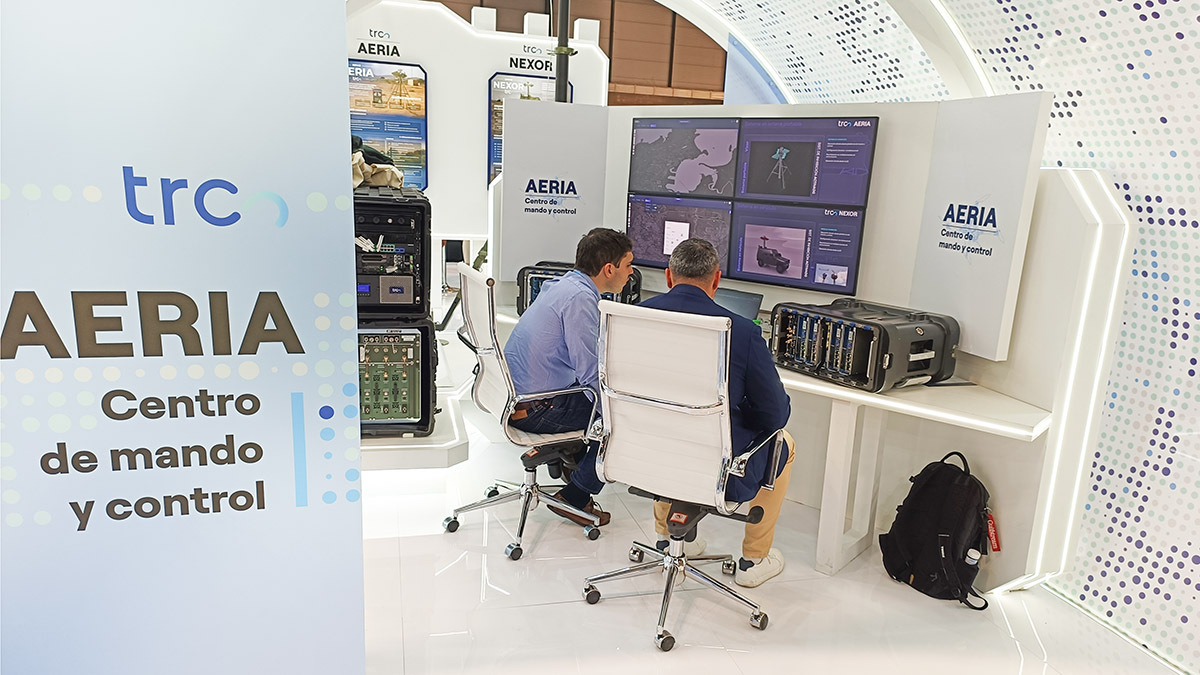
Another recent example of a commitment to EW is the Specialised Defence Centre that Indra has set up in Vigo, where its technicians develop software for land and naval electronic defence systems. They also contribute their talent to developing the future Strategic Command and Control System of the European Union.
It is very important to clarify that electronic warfare should not be confused with cyber defence. In general terms, cyber operations use techniques known as ‘hacking’ to infiltrate a target's computer infrastructure and systems in order to obtain intelligence or degrade its capabilities. EW, on the other hand, seeks to prevent enemy forces from accessing their own electromagnetic spectrum by blocking signals between different technologies in order to render them inoperable.



